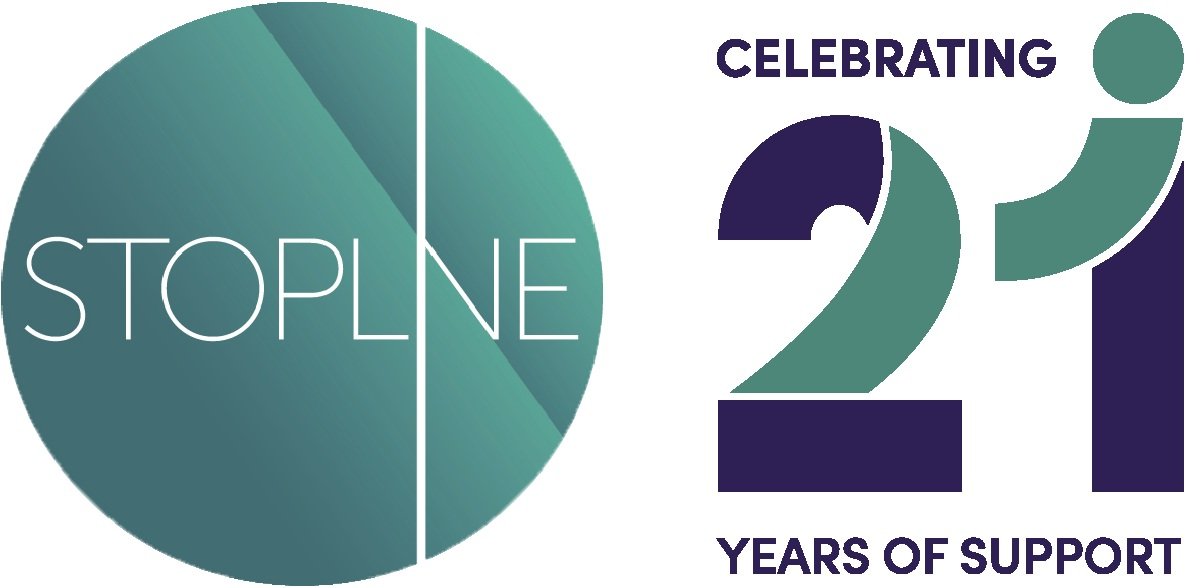Writing an Anonymous and Confidential Whistleblower Report - A guide
Whistleblowers play a crucial role in maintaining integrity and transparency within organizations. However, the process of reporting misconduct can be stressful, especially when maintaining anonymity is essential. In this article, we provide guidance on how to write a confidential, anonymous report, while ensuring it is detailed enough for the employer to investigate the matter effectively.
Familiarise yourself with your organisation's whistleblower policies
Before you begin writing your report, familiarize yourself with the organization's policies and procedures regarding whistleblowing. This will help you understand the company's reporting channels, the protections available to you, and any specific requirements for submitting a report.
Choose the appropriate channel for your report
In many organizations, there are multiple channels for reporting concerns. These may include hotlines, online reporting portals, or email addresses. Ensure you choose a reporting channel that guarantees anonymity and confidentiality.
Be concise and clear
When writing your report, use clear and concise language. Avoid using jargon, colloquialisms, or vague terms that may make it difficult for the reader to understand the issue. Stick to the facts and provide a chronological account of the events.
Focus on the facts and evidence
To make your report as credible as possible, include verifiable facts and evidence to support your claims. This may include documents, emails, photos, or witness statements. However, ensure that you do not inadvertently reveal your identity through the evidence provided. Redact any personal information or details that may lead back to you.
Protect your anonymity
As you write your report, take the following precautions to maintain your anonymity:
Avoid using personal pronouns or references that could identify you.
Do not disclose details about your role or department within the organization.
Remove any metadata from electronic files before submitting them.
Refrain from discussing the matter with colleagues or others who might inadvertently reveal your identity.
Provide as much detail as possible without compromising your identity
While it is essential to maintain your anonymity, providing enough detail is critical for the investigation. Include the following information:
Names of the individuals involved.
Dates, times, and locations of the incidents.
Description of the misconduct, including specific actions, decisions, or communications.
The impact of the misconduct on the organization or individuals involved.
Any steps you took to address the issue before reporting it.
Review and revise your report
Before submitting your report, proofread it for clarity and accuracy. Remove any information that might compromise your anonymity, and ensure that the report is free of grammatical errors and inconsistencies.
Writing a confidential, anonymous whistleblower report requires careful planning and attention to detail. By following these guidelines, you can create a comprehensive report that enables your employer to investigate the matter effectively while protecting your identity. Remember, whistleblowing is an act of courage and integrity, and your actions may help prevent further harm to your organization and its stakeholders.
